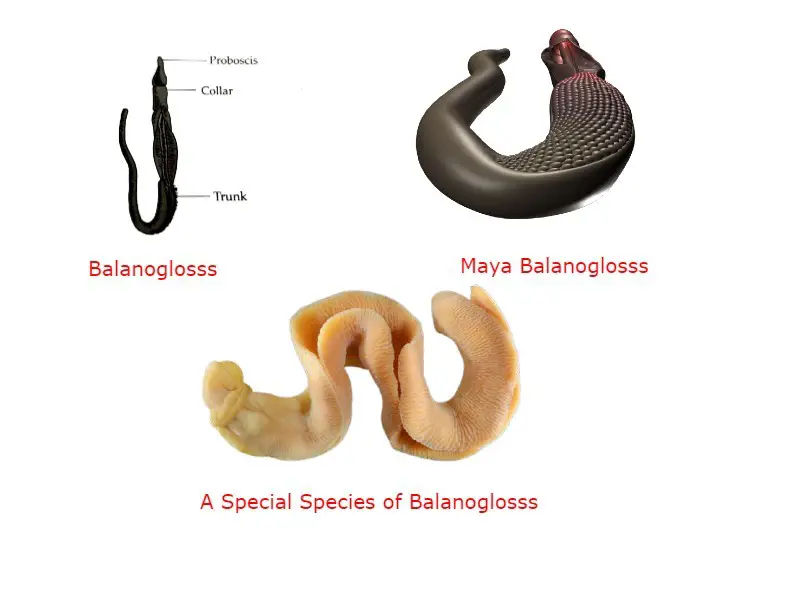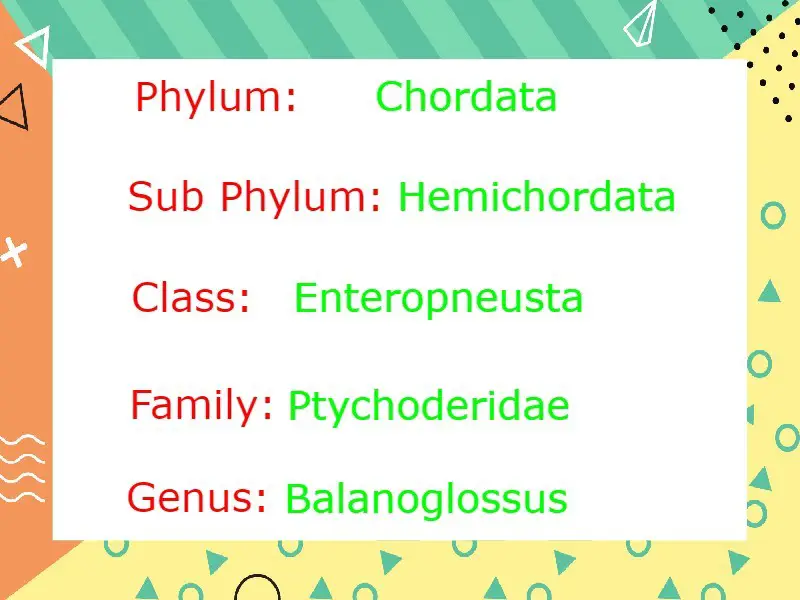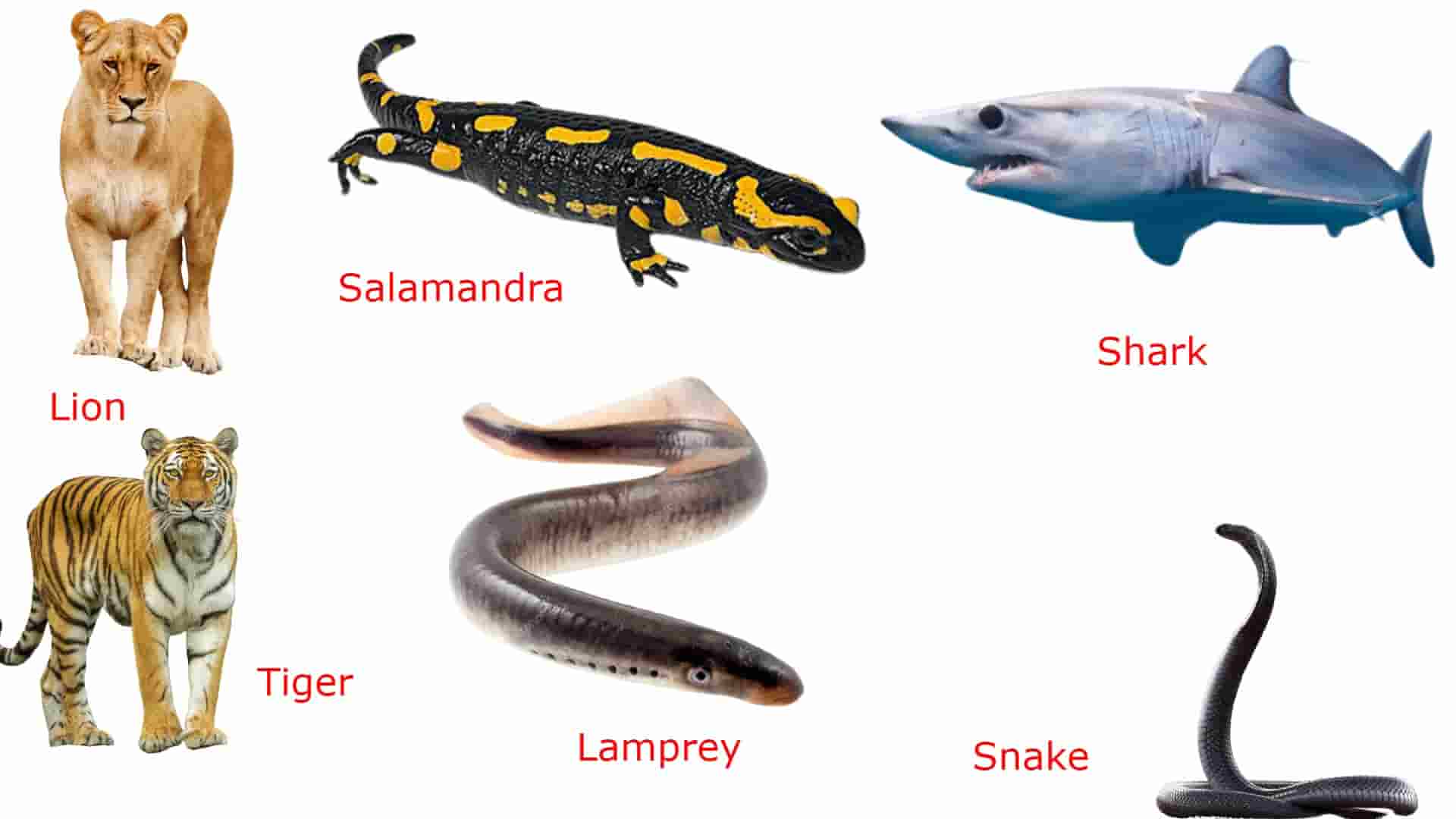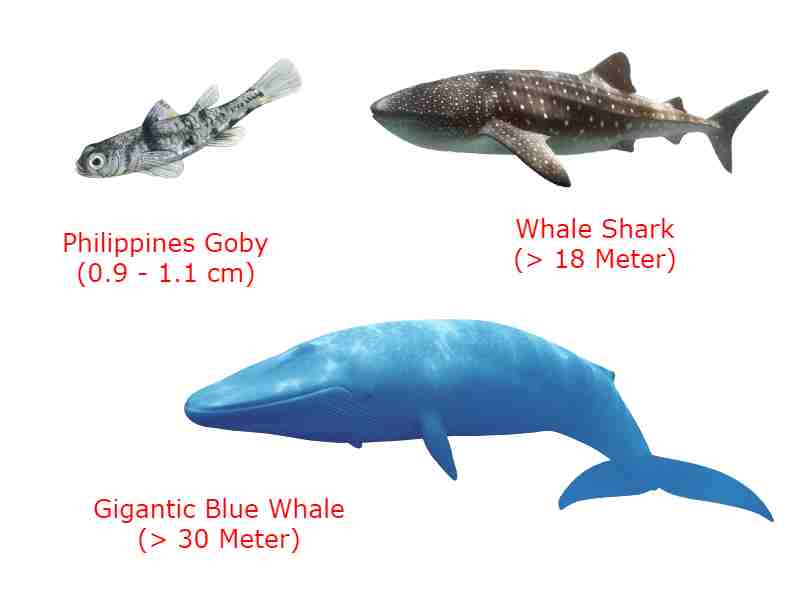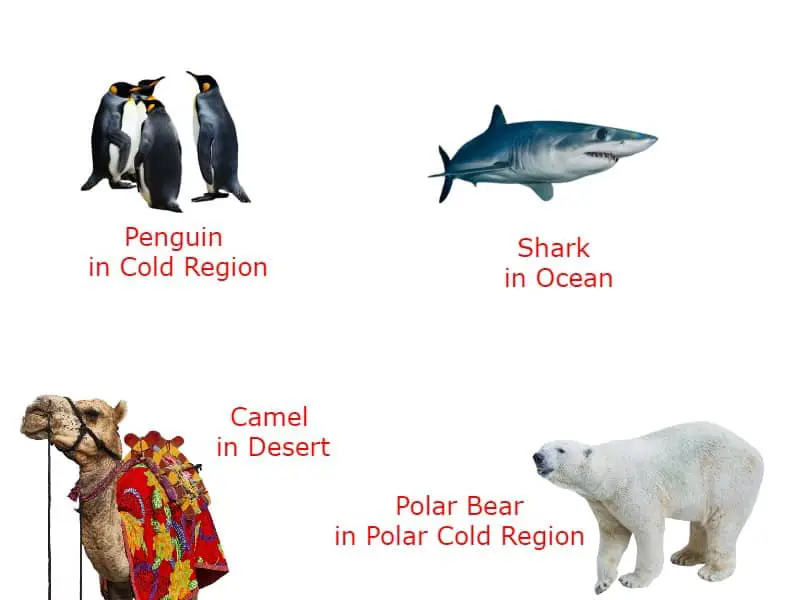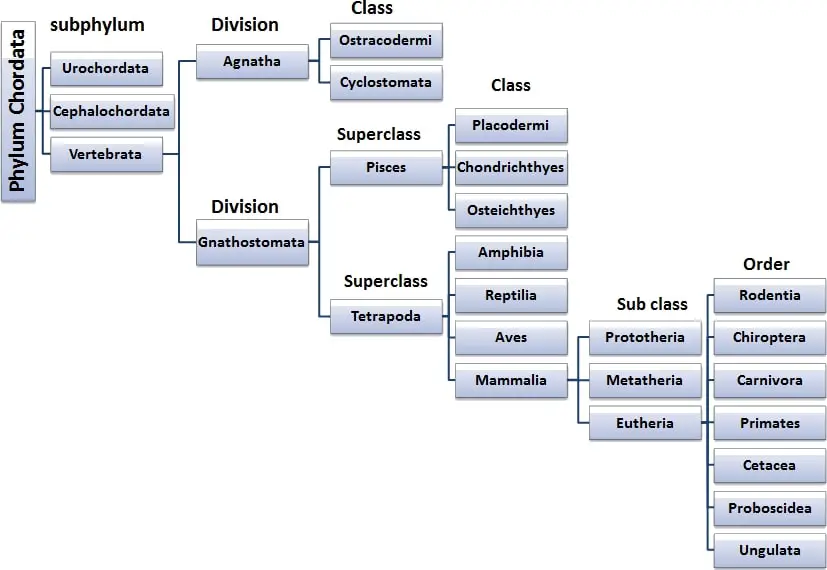Endoskeleton in Balanoglossus ( 3 Important Diagram)
In Balanoglossus body is soft and there are no special exoskeletons that can give them protection against external mechanical injuries. Balanoglossus do not have a typical endoskeleton as in other advanced animals in which bony or cartilaginous endoskeleton is present. In Balanoglossus there are some internal structures that are stiff as the endoskeleton, so they … Read more
